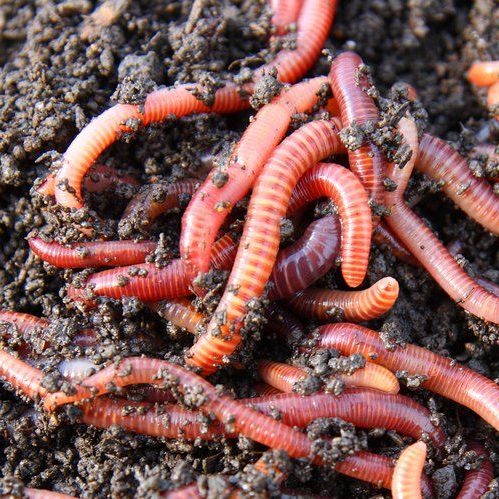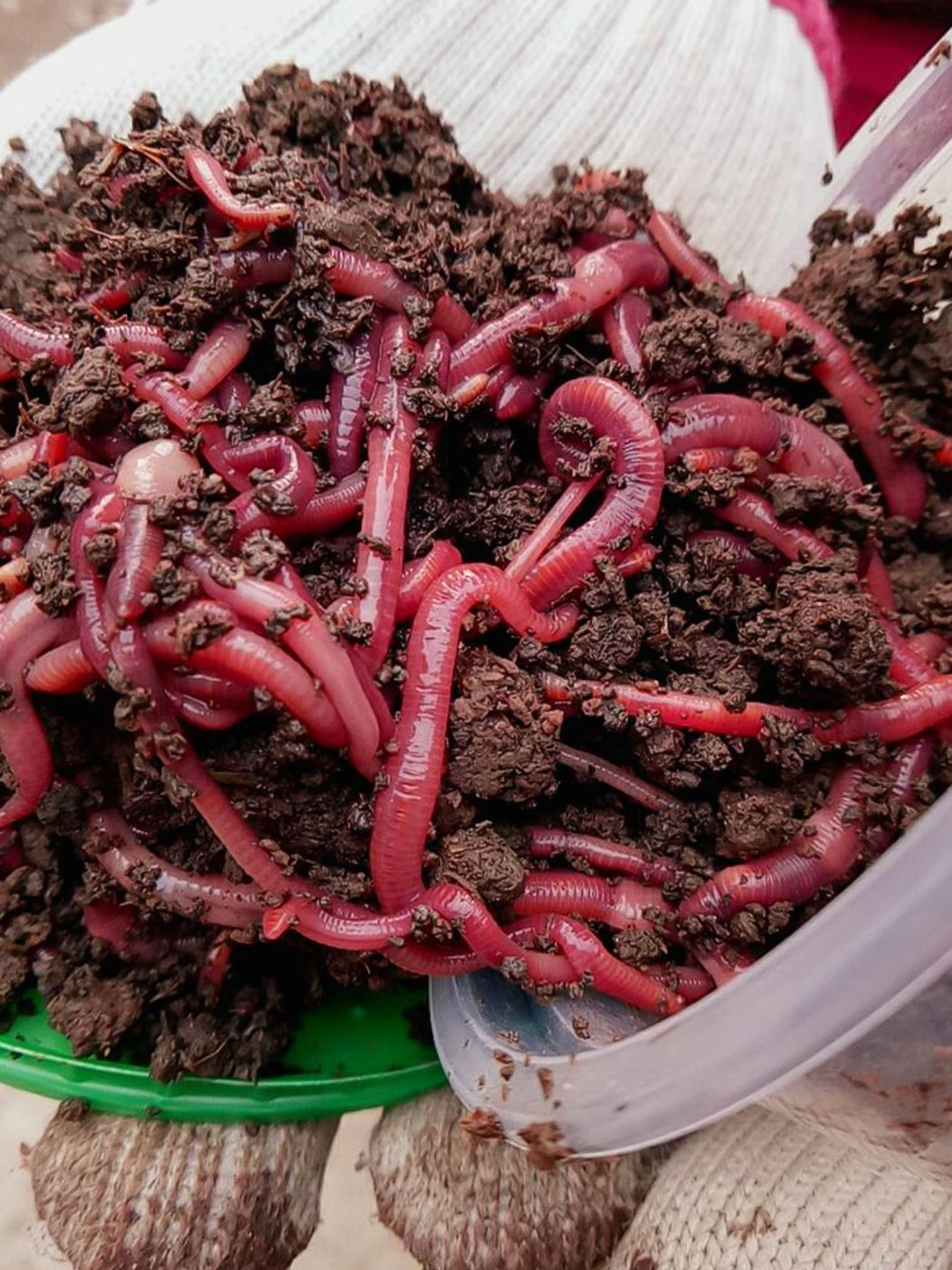Stock Up on Gear with Lake Hickory Bait for Your Next Excursion
Stock Up on Gear with Lake Hickory Bait for Your Next Excursion
Blog Article
Unlock the Secrets of Red Wigglers: Your Overview to Composting Success
The combination of red wigglers into composting practices offers a substantial chance for improving soil health and promoting sustainability. Understanding their demands and habits is important for optimizing their possibility, from establishing up an ideal worm container to feeding them the ideal materials.

What Are Red Wigglers?
(Lake Hickory Bait)Red wigglers, clinically called Eisenia fetida, are a species of earthworm mostly made use of in composting due to their amazing ability to disintegrate raw material efficiently. These worms are identified by their reddish-brown coloration and a fractional body, normally measuring in between 3 to 4 inches in length. Unlike other earthworm types, red wigglers thrive in abundant, organic environments, making them suitable for vermicomposting systems.
Belonging To The United States And copyright, they are frequently discovered in decomposing fallen leaves and compost heap, where they play an essential function in nutrient recycling. Their adjustment to residing in a wet, aerobic setting allows them to take in large amounts of organic waste, simplifying right into nutrient-rich spreadings that enhance soil wellness.
Red wigglers duplicate rapidly, with a solitary worm capable of producing numerous cocoons each week, each containing several hatchlings. Recognizing the biology and actions of red wigglers is necessary for maximizing their capacity in composting applications.
Benefits of Making Use Of Red Wigglers
Utilizing the power of red wigglers in composting provides many advantages that improve soil health and wellness and advertise sustainable waste management. These exceptional organisms successfully break down raw material, changing kitchen area scraps and yard waste right into nutrient-rich vermicompost. This completed item is remarkably useful for plant growth, as it boosts dirt framework, boosts wetness retention, and enhances vitamins and mineral availability.

(Red Wiggler Express)In addition, the visibility of red wigglers in your composting system can increase the composting process, producing top quality compost in a portion of the time contrasted to typical techniques. The castings created by these worms are additionally bursting with useful microbes that additionally improve the dirt ecosystem.
Establishing Up Your Worm Bin
Developing an efficient worm container is a straightforward procedure that can dramatically enhance your composting efforts. Worm bins can be made from plastic storage space containers, wood boxes, or commercially offered worm containers.
Next, prepare the bedding product, which serves as the worms' environment. A mix of shredded paper, cardboard, and coconut coir functions well, offering a comfy environment for the worms.

Feeding Your Red Wigglers
To make certain the wellness and efficiency of your red wigglers, it is vital to give them with a balanced diet plan that satisfies their dietary demands. Red wigglers prosper on a varied variety of natural materials, which not just provide essential nutrients however likewise advertise effective composting.
Start by incorporating kitchen area scraps such as vegetable peels, fruit cores, and coffee grounds. Stay clear of citrus fruits, onions, and garlic, as these can be destructive to worm wellness. Additionally, introduce shredded paper, cardboard, and dry leaves to produce a well-aerated atmosphere.
Feeding regularity should be kept track of; typically, worms can eat half their body weight in food weekly. It is crucial to avoid overfeeding, as excess food can bring about undesirable smells and attract pests. A great practice is to include food in percentages, permitting worms to process it prior to introducing more.
Keeping wetness degrees is additionally vital; the bed linen must be moist yet not soaked. Lastly, make sure to consistently check the temperature level and pH degrees of the bin to guarantee an optimum environment for your red wigglers, inevitably boosting their composting effectiveness.
Harvesting and Utilizing Compost
An effective composting procedure with red wigglers finishes in the rich, anonymous dark compost understood as vermicompost, which can substantially improve dirt wellness and plant growth. Harvesting this nutrient-dense material typically happens every 3 to 6 months, depending upon the size of your system and the amount of raw material being refined.
To harvest, delicately separate the compost from the worms and any kind of undecomposed products. One efficient method entails moving the contents of the container to one side and adding fresh bedding and food to the void, encouraging the worms to migrate. After a few days, the garden compost can be gathered from the contrary side.
It is crucial to make use of vermicompost correctly to optimize its benefits. By incorporating vermicompost right into your horticulture routine, you not just reuse natural waste however likewise produce a growing ecological community that supports lasting horticulture techniques.
Verdict
In recap, red wigglers offer as extraordinary allies in composting initiatives, changing natural waste right into nutrient-rich vermicompost. By understanding the ideal problems for their habitat, feeding demands, and garden compost harvesting strategies, gardeners can boost soil health and wellness and advertise plant vitality.
Report this page